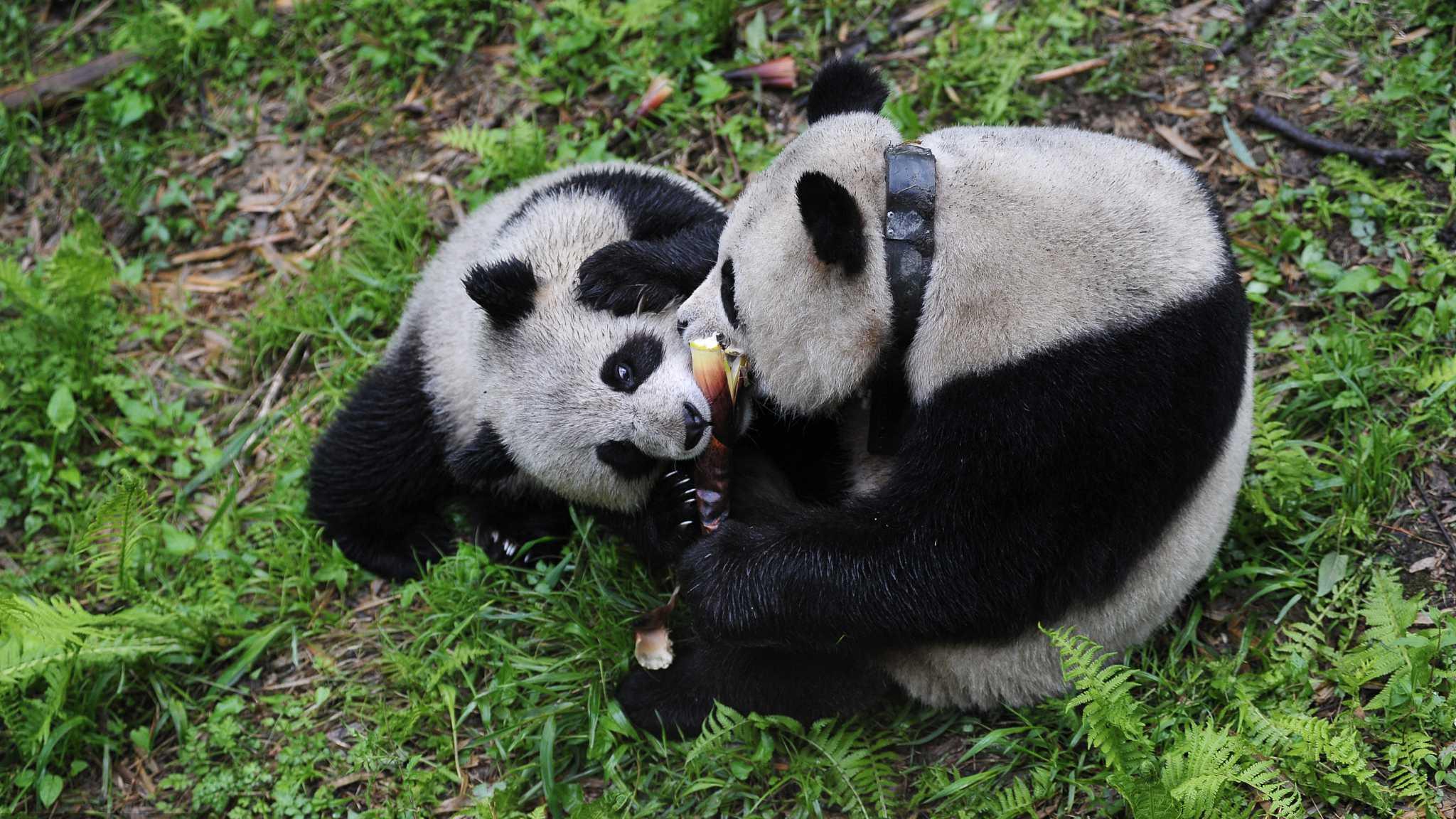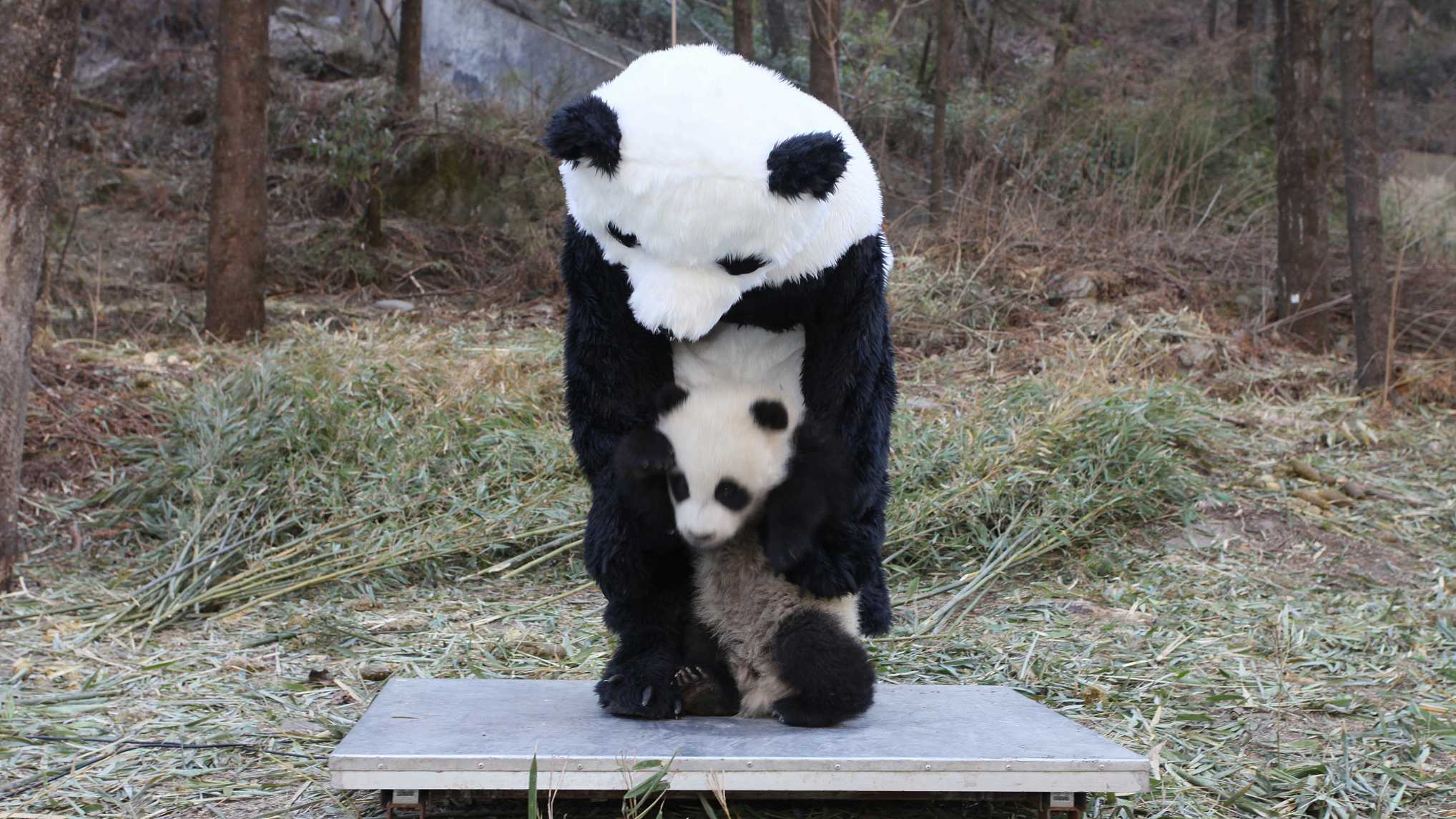
Nature
19:54, 03-Jan-2019
What needs to be done before captive animals are released into the wild
Updated
19:28, 06-Jan-2019
By Zhang Hao

China has released another two pandas into the wild recently, adding new hope to the panda's reintroduction despite the previous seven successful cases.
Hope always remains when they release captive animals into the wild no matter how they were captured in the first place, for example if they were taken in cause they were sick or injured or kept to save the whole species from extinction.
However, releasing an animal is never as easy as just simply pushing them out of the cage. Without helping them learn the necessary survival skills, our good intentions for them to regain freedom will eventually end in tragic dismay.
Over the last 14 years since China started the training program for pandas' return to nature in 2003, seven out of nine pandas released into the wild survived with healthy conditions.
But it didn't start well: The first panda was found dead after a fight over territory with another wild panda where it was released, only nine months after it was freed. The researchers blamed ill-considered territory competition among wild pandas for the failure after over four years training.

A researcher in panda coat helping weigh-in Taotao, a panda released in 2012. /VCG Photo
A researcher in panda coat helping weigh-in Taotao, a panda released in 2012. /VCG Photo
So many factors, such as different living environments, behaviors of the animals and tailored training, need to be taken into account before reintroduction.
For some big animals, they need to be taught for years by their mothers or other members of the family to survive in the wild. For highly-social animals, such as lions, various stages of training should be taken, from lessons about independent prey to interaction with other members in a group. Animals like fish, reptiles, and amphibians, on the other hand, would find it much easier to fit into nature from captivity without any complicated training.
Sadly, not all captive animals are destined to be freed. Take polar bears. They live in an environment which is impossible for us to simulate, let alone providing further courses for the newborns to learn the skills from their mothers.
Another big concern is when animals rescued by humans from trauma or at a very young age become friendly to human beings. So friendly to humans that they may appear very upset when put in a place with no human insight. And more dangerously, they might literally send themselves into the cages of poachers rather than feeling offensive and running away. Therefore, reducing human's existence or interference to the minimum is another crucial step.
Based on the first heartbreaking panda release, training has become even more targeted. Fourteen years of experience only proves one thing – it is extremely hard to help animals return to the wild but it is definitely not impossible.

SITEMAP
Copyright © 2018 CGTN. Beijing ICP prepared NO.16065310-3
Copyright © 2018 CGTN. Beijing ICP prepared NO.16065310-3